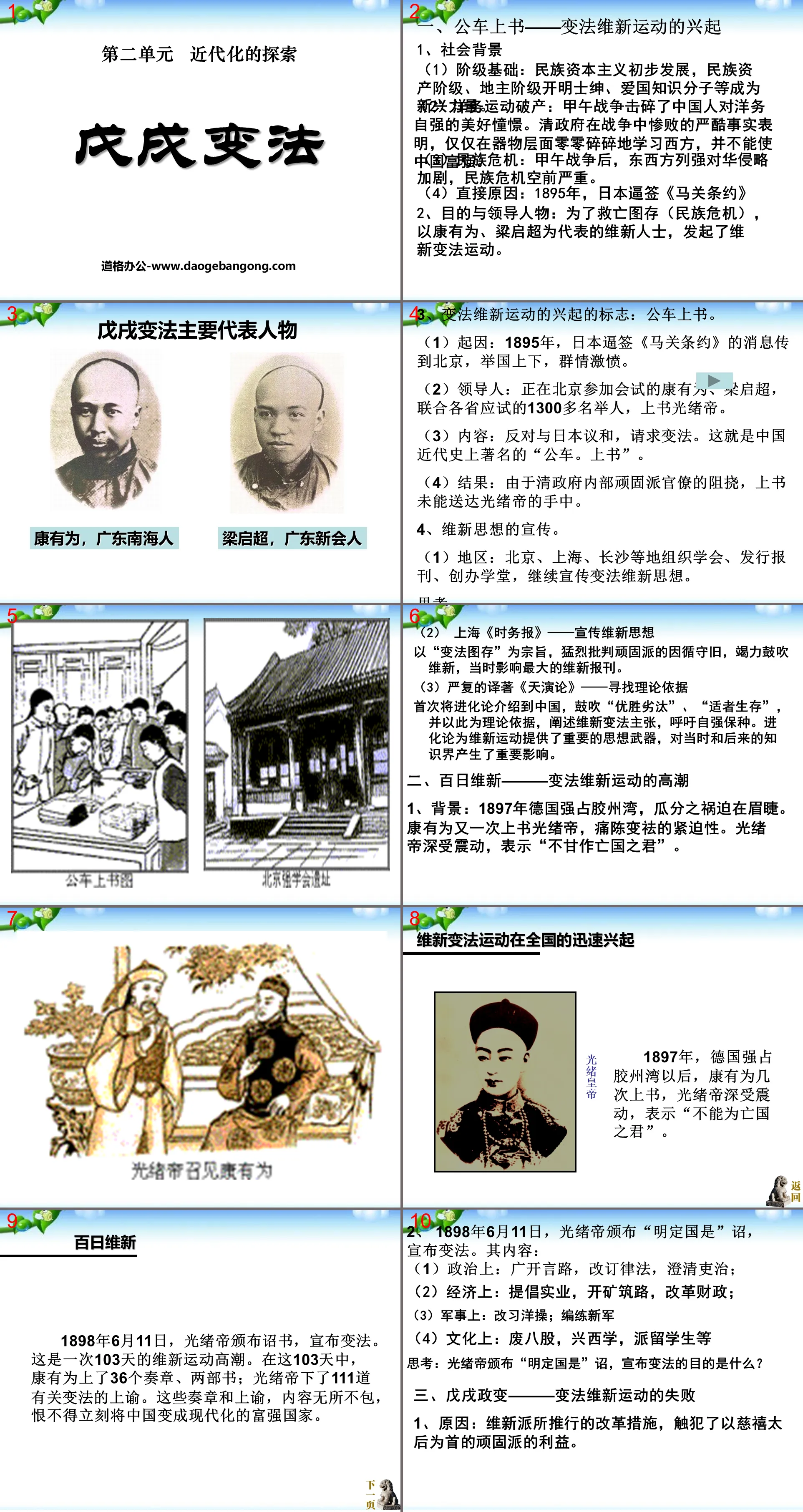The second volume of history for eighth grade compiled by the People's Education Publishing House
Zhonghua Book Company Edition Eighth Grade History Volume 2
People's Education Press Seventh Grade History Volume 1
People's Education Edition Eighth Grade History Volume 1
Zhonghua Book Company Edition Seventh Grade History Volume 2
Volume 1 of the seventh grade history compiled by the People's Education Publishing House
Yuelu Edition Seventh Grade History Volume 2
People's Education Edition History and Society 9th Grade Part II
East China Normal University Edition Seventh Grade History Volume 1
People's Education Press Seventh Grade History Volume 2
People's Education Press History and Society Grade 7
People's Education Edition Eighth Grade History Volume 2
People's Education Press Ninth Grade History Volume 2
People's Education Press History and Society Grade 9
People's Education Press History and Society for Grade 8 Volume 1
Yuelu Edition Seventh Grade History Volume 1

| Category | Format | Size |
|---|---|---|
| People's Education Edition Eighth Grade History Volume 1 | pptx | 6 MB |
Description
Exploration of Modernization in "The Reform Movement of 1898" PPT Courseware 4
1. Writing on the bus - the rise of the reform movement
1. Social background
(1) Class basis: National capitalism has initially developed, and the national bourgeoisie, landlord class enlightened gentry, patriotic intellectuals, etc. have become emerging forces.
(2) The Bankruptcy of the Westernization Movement: The Sino-Japanese War shattered the Chinese people’s longing for self-improvement through Westernization. The harsh fact that the Qing government suffered a disastrous defeat in the war shows that merely learning piecemeal from the West at the artifact level cannot make China rich and strong.
(3) National crisis: After the Sino-Japanese War of 1894-1894, the aggression against China by Eastern and Western powers intensified, and the national crisis became unprecedentedly serious.
(4) Direct reason: In 1895, Japan forced the signing of the Treaty of Shimonoseki
2. Purpose and leaders: In order to save the nation (national crisis), reformers represented by Kang Youwei and Liang Qichao launched the reform movement.
3. A sign of the rise of the reform movement: writing on the bus.
(1) Cause: In 1895, news that Japan was forcing the signing of the Treaty of Shimonoseki reached Beijing, and the whole country was agitated.
(2) Leaders: Kang Youwei and Liang Qichao, who were taking part in the joint examination in Beijing, united with more than 1,300 candidates from various provinces to submit a letter to Emperor Guangxu.
(3) Content: Opposing peace negotiations with Japan and requesting reform. This is the famous "Bus. Submission" in modern Chinese history.
(4) Result: Due to the obstruction of die-hard bureaucrats within the Qing government, the petition failed to reach the hands of Emperor Guangxu.
4. Propaganda of reform ideas.
(1) Region: Beijing, Shanghai, Changsha and other places organized societies, published newspapers and periodicals, established schools, and continued to publicize the ideas of reform and innovation.
(2) Shanghai "Current Affairs News" - Promote reform ideas
With the purpose of "reform to survive", it fiercely criticized the die-hards' conformism and advocated the reform. It was the most influential reform newspaper at that time.
(3) Yan Fu’s translation of "Tianyan Lun" - looking for theoretical basis
He introduced the theory of evolution to China for the first time, advocating "survival of the fittest" and "survival of the fittest". He used this as a theoretical basis to expound on the reform proposals and called for self-reliance and conservation. The theory of evolution provided an important ideological weapon for the Reform Movement and had an important impact on the intellectual circles at that time and later.
2. The Hundred Days of Reform—the climax of the reform movement
1. Background: Germany occupied Jiaozhou Bay in 1897, and partition was imminent. Kang Youwei once again wrote to Emperor Guangxu, lamenting the urgency of change. Emperor Guangxu was deeply shocked and expressed that he was "unwilling to be the king who subjugates his country."
2. On June 11, 1898, Emperor Guangxu promulgated the edict "Ming Determining the State" and announced the reform. Its content:
(1) Politically: open up channels of speech, revise laws, and clarify official administration;
(2) Economically: promote industry, mine and road construction, and reform finance;
(3) Military: revise foreign exercises; organize and train a new army
(4) Culturally: abolish stereotyped writing, promote Western learning, send overseas students, etc.
Thinking: What was the purpose of Emperor Guangxu's announcement of reforms when he promulgated the edict "Ming Guo Zhi"?
3. The 1898 Coup—the failure of the reform movement
1. Reason: The reform measures implemented by the reformists violated the interests of the die-hards headed by the Empress Dowager Cixi.
(2) Coup d’état and the “Six Gentlemen of 1898”:
a. Coup of 1898: On September 21, Empress Dowager Cixi launched a coup, imprisoned Emperor Guangxu, and ordered the search for reformers. Kang Youwei and Liang Qichao fled abroad in a hurry.
b. "Six Gentlemen of 1898": Tan Sitong, Lin Xu, Liu Guangdi, Yang Rui, Yang Shenxiu and Kang Guangren were arrested and killed, and were known as the "Six Gentlemen of 1898" in history.
c. Result: After the coup, except for retaining the Capital University, all other New Deal measures were abolished. The Reform Movement of 1898 lasted for 103 days and was also known as the "Hundred Days Reform" in history.
4. Evaluation
1. Positive influence
(1) The reformers actively advocated Western social and political theories, promoted the theory of evolution and bourgeois civil rights ideas, and effectively impacted the old feudal ideas and culture.
(2) After the 1898 Coup, more and more people doubted the old learning, welcomed the new learning, and demanded democracy.
2. Historical Enlightenment: The path of peaceful reform does not work in China. Why?
Why did the Reform Movement of 1898 fail?
1. The strength of the bourgeois reformists is too weak and they are separated from the masses of the people.
2. Yuan Shikai and others betrayed Emperor Guangxu.
3. Place your hopes on the emperor who has no real power
4. The power of the Qing Dynasty was in the hands of the die-hards, and the reforms touched the interests of the die-hards.
Keywords: Exploration of Modernization teaching courseware, Reform Movement of 1898 teaching courseware, PPT courseware download of eighth grade history volume 1 of the People’s Education Press, eighth grade history slide courseware download, Exploration of Modernization PPT courseware download, Reform Movement of 1898 PPT courseware download, .PPT Format;
For more information about the PPT courseware "Exploration of the Modernization of the Reform Movement of 1898", please click the "Exploration of the Modernization of the Reform Movement of 1898" ppt tag.
"Reform of 1898" PPT courseware download:
Download the PPT courseware of "The Reform Movement of 1898" Part One: Learning Objectives Knowledge Objectives Through the study of this lesson, students will understand basic knowledge such as the letter to the public, the Hundred Days Reform, and the 1898 Revolution. Emotional goals: By learning the progressive stance of reformers and their plans for reform...
"Reform of 1898" PPT download:
The first part of the PPT download of "The Reform Movement of 1898": Learning objectives 1. Understand the early reform thoughts and the reform thoughts of the main representatives He Kang and Liang; 2. Be familiar with the letter on the bus, "China and Foreign Chronicles", Qiang Xue Xue, "Ying Zhao Coordinating the Overall situation" "Zhe" and other knowledge points; 3. Master...
"Reform of 1898" PPT courseware:
"The Reform Movement of 1898" PPT courseware The first part of the content: Reform Reform Leadership class and faction: bourgeois reformists Leaders: Kang Youwei, Liang Qichao, Tan Sitong, Yan Fu Rise: petition on the bus, development, organization of societies, founding of newspapers and periodicals Climax: Hundred Days of Reform (1898 Reform...
File Info
Update Time: 2024-11-10
This template belongs to History courseware People's Education Edition Eighth Grade History Volume 1 industry PPT template
Exploration of Modernization in "The Reform Movement of 1898" PPT Courseware 4 Simple campus recruitment activity planning plan summary enterprise and institution recruitment publicity lecture PPT template is a general PPT template for business post competition provided by the manuscript PPT, simple campus recruitment activity planning plan summary enterprise and institution recruitment promotion Lecture PPT template, you can edit and modify the text and pictures in the source file by downloading the source file. If you want more exquisite business PPT templates, you can come to grid resource. Doug resource PPT, massive PPT template slide material download, we only make high-quality PPT templates!
Tips: If you open the template and feel that it is not suitable for all your needs, you can search for related content Exploration of Modernization in "The Reform Movement of 1898" PPT Courseware 4 is enough.
How to use the Windows system template
Directly decompress the file and use it with office or wps
How to use the Mac system template
Directly decompress the file and use it Office or wps can be used
Related reading
For more detailed PPT-related tutorials and font tutorials, you can view: Click to see
How to create a high-quality technological sense PPT? 4 ways to share the bottom of the box
Notice
Do not download in WeChat, Zhihu, QQ, built-in browsers, please use mobile browsers to download! If you are a mobile phone user, please download it on your computer!
1. The manuscript PPT is only for study and reference, please delete it 24 hours after downloading.
2. If the resource involves your legitimate rights and interests, delete it immediately.
3. Contact information: service@daogebangong.com
Exploration of Modernization in "The Reform Movement of 1898" PPT Courseware 4, due to usage restrictions, it is only for personal study and reference use. For commercial use, please go to the relevant official website for authorization.
(Personal non-commercial use refers to the use of this font to complete the display of personal works, including but not limited to the design of personal papers, resumes, etc.)
Preview










